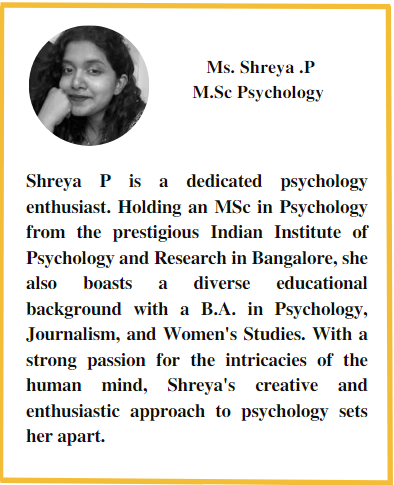A vital component of human growth and development is learning. While traditional educational institutions are important for acquiring knowledge, social connections, and peer involvement account for a sizable percentage of our learning. This type of learning, known as social learning, is closely related to curiosity, the need we all have to look around us, ask questions, and try to comprehend it. We explore the idea of social learning, its connection to curiosity, and how peer interactions encourage adaptive learning in this essay.
By seeing, copying, and engaging with others in their social context, people learn new information, behaviours, and abilities through social learning. Social learning, in contrast to formal education, takes place organically in a variety of settings, including families, communities, workplaces, and particularly when people interact with one another. As early people relied on seeing and mimicking others to live and adapt, this method of learning has a long evolutionary history.
The Role of Curiosity and Learning Socially
Curiosity, often described as the desire to acquire knowledge and explore the unknown, is a powerful motivator for learning. It ignites a sense of wonder and prompts individuals to seek out novel experiences and information. Not only is curiosity a natural human quality, but it also stimulates cognitive growth. The brain releases dopamine, a chemical linked to pleasure and reward, when curiosity is aroused. This chemical reaction promotes active involvement with the topic of interest, which improves memory retention and fosters greater knowledge. The synergy between social learning and curiosity is undeniable. Social interactions with peers provide fertile ground for curiosity to flourish. When we witness others discussing or engaging with intriguing concepts, our curiosity is naturally aroused. Peer interactions stimulate questions, discussions, and debates, creating an environment that promotes a deeper understanding of the subject matter. In this way, curiosity acts as a bridge that connects social learning to meaningful exploration.
Adaptive Learning through Peer Interactions-
1. Peer interactions introduce learners to a diverse range of perspectives and experiences. This diversity stimulates curiosity by presenting novel viewpoints and encouraging critical thinking. Engaging with peers from different backgrounds challenges preconceived notions and encourages learners to explore alternative solutions to problems.
2. Group discussions and collaborative projects leverage the collective intelligence of peers. When individuals work together to solve problems or accomplish tasks, they pool their knowledge and skills. This collaborative environment not only enhances social learning but also fuels curiosity as participants seek to contribute their unique insights.
3. Peer interactions often involve friendly debates and discussions. These challenges provoke curiosity by pushing individuals to delve deeper into the subject matter, gather evidence to support their arguments, and critically evaluate opposing viewpoints. Overcoming such challenges nurtures adaptive learning by promoting analytical skills and a growth mindset.
4. Human beings have a natural inclination to seek social recognition and approval. When peers acknowledge and appreciate an individual’s contributions to a discussion or project, it triggers a sense of accomplishment. This positive reinforcement strengthens the connection between curiosity and social learning, motivating individuals to continue exploring and sharing knowledge.
5. Peer interactions provide a safe space for making mistakes and learning from them. When individuals share their failures and experiences with peers, curiosity prompts others to explore the underlying causes of those failures and identify strategies for improvement. This iterative process fosters adaptive learning by encouraging experimentation and risk-taking.
Curiosity and social learning are linked components that are essential to our ongoing intellectual development. Peer interactions offer these elements a dynamic platform for engagement, fostering a setting favourable to adaptive learning. Peer interactions feed our intrinsic curiosity and foster a greater awareness of the world around us through fostering varied viewpoints, cooperative efforts, constructive challenges, social recognition, and learning from failures. We pave the road for a more connected and knowledgeable society as long as we continue to appreciate the value of social learning and curiosity.
About The Author


